Simulation of 2D Axisymmetric GaAs P-N Junction Infrared LED and Study on Spatial Distribution of Emissivity
DOI: 10.23977/jeeem.2025.080118 | Downloads: 4 | Views: 108
Author(s)
Shaolong Liu 1, Wen Li 1, Xinyu Miao 2, Tiansheng Sun 1
Affiliation(s)
1 School of Electrical Engineering, Yingkou Institute of Technology, Yingkou, 115000, China
2 Yingkou Abe Wiring Co., Ltd., Yingkou, 115000, China
Corresponding Author
Wen LiABSTRACT
To investigate the electrical characteristics and light emission laws of gallium arsenide (GaAs) P-N junction infrared light-emitting diodes (LEDs), particularly the influence of the spatial distribution of emissivity on device efficiency, this study adopts a 2D axisymmetric modeling approach for simulation. The device is based on a 60μm-diameter circular GaAs chip, and the 2D model is simplified to a rectangular structure with a thickness of 10μm and a width of 30μm. The top 2.5μm layer is p-type doped (concentration: 1×10¹⁸ cm⁻³), while the bottom 7.5μm layer is n-type doped (concentration: 1×10¹⁸ cm⁻³). The Auger recombination non-radiative mechanism is introduced to simulate the efficiency degradation process. The simulation first uses a "semiconductor initialization study" to automatically refine the mesh around the P-N junction, followed by a steady-state study with a bias voltage scan from 0 V to 1.5 V to analyze the current-voltage (I-V) characteristics, spatial distribution of emissivity, and variation law of internal quantum efficiency (IQE). The results show that: the turn-on voltage of the device is approximately 1.2 V; under low current (<5 mA, corresponding to a bias voltage of 1.2-1.3 V), the emission is distributed uniformly across the entire p-type layer, and the IQE remains at a high level; under high bias voltage (e.g., 1.5 V), the emission concentrates beneath the central p-type contact, the total emissivity increases sublinearly with current, and the IQE drops sharply to 0.075 as current increases (attributed to the Auger recombination rate being proportional to the cube of carrier density, which enhances the proportion of non-radiative recombination). The 2D axisymmetric modeling significantly reduces the computational load while accurately capturing the key performance laws of the device. The research results provide a basis for the design optimization of household infrared devices (such as remote controls and night-vision cameras): a bias voltage of 1.2-1.3 V can be selected for low-power scenarios, and transparent p-type contacts or annular contact designs are required to improve light extraction efficiency for high-brightness scenarios.
KEYWORDS
GaAs P-N Junction; Infrared LED; 2D Axisymmetric Modeling; Spatial Distribution of Emissivity; Auger RecombinationCITE THIS PAPER
Shaolong Liu, Wen Li, Xinyu Miao, Tiansheng Sun, Simulation of 2D Axisymmetric GaAs P-N Junction Infrared LED and Study on Spatial Distribution of Emissivity. Journal of Electrotechnology, Electrical Engineering and Management (2025) Vol. 8: 150-160. DOI: http://dx.doi.org/10.23977/jeeem.2025.080118.
REFERENCES
[1] Si X L, Huang W X, Zhang L M, et al. Research on on-board relative radiometric calibration method based on LED point light source[J/OL]. Acta Photonica Sinica, 1–13 [2025-07-07].
[2] Zhang Z Y. Research on the influence of optical design on LED lighting efficacy improvement[J]. China Light & Lighting, 2025, (06): 90–92 + 171.
[3] Huangfu X H, Liu S F, Xiao J J, et al. Regulation of infrared photoelectric properties of GaInAsSb p-n junctions by nanophotonic structures[J]. Acta Physica Sinica, 2021, 70(11): 348–356.
[4] Cheng X D, Chen Z K, Zhang Z L, et al. Research progress of MicroLED based on quantum dot color conversion layer[J]. Advances in New and Renewable Energy, 2025, 13(01): 107–120.
[5] Wang Y L. Design, synthesis of p-n junction conjugated polymer materials and their application in supercapacitors[D]. Peking University, 2019.
[6] Yang L. Investigation on the construction of p-n heterojunctions and direct Z-scheme heterojunctions and carrier migration[D]. Shaanxi Normal University, 2022.
[7] Jiang X G, Li B Q, Deng Z J, et al. Study on spectral and spatial uniformity of near-infrared annular LEDs[J]. Light & Lighting, 2025, (05): 95–98.
[8] Sun J F, Ji S J, Meng Z H, et al. Regulation of broadband near-infrared region I emission and near-infrared LED device application of (Sr, Ba)₃MgTa₂O₉:Cr³⁺ by Sr²⁺/Ba²⁺ substitution[J]. Chinese Journal of Luminescence, 2024, 45(12): 1956–1965.
[9] Li Z, Gao Y Z, Zhang J Y. Multi-spectral complex infrared scene simulation technology[J]. Acta Optica Sinica, 2023, 43(15): 206–222.
[10] Yu H B, Peng Z L. Design and research of LED constant current driving power supply based on HPLC[J]. Automation & Instrumentation, 2025, (09): 114–116 + 122.
| Downloads: | 5420 |
|---|---|
| Visits: | 277200 |
Sponsors, Associates, and Links
-
Power Systems Computation
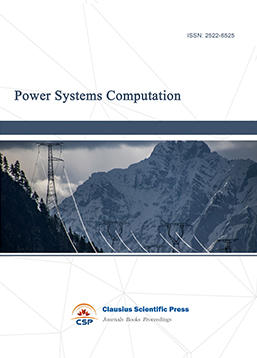
-
Internet of Things (IoT) and Engineering Applications
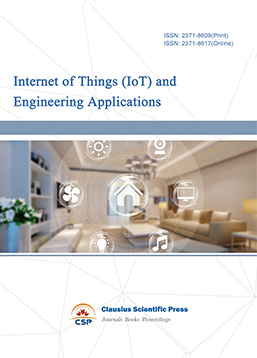
-
Computing, Performance and Communication Systems

-
Journal of Artificial Intelligence Practice
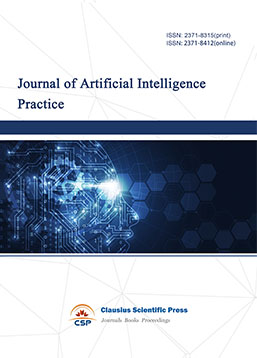
-
Advances in Computer, Signals and Systems
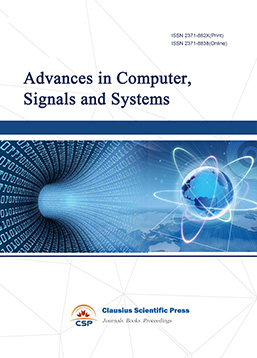
-
Journal of Network Computing and Applications

-
Journal of Web Systems and Applications

-
Journal of Wireless Sensors and Sensor Networks
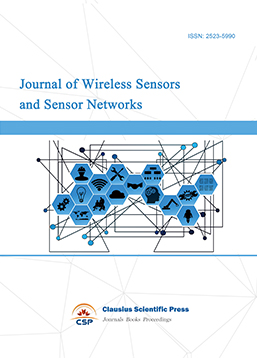
-
Journal of Image Processing Theory and Applications
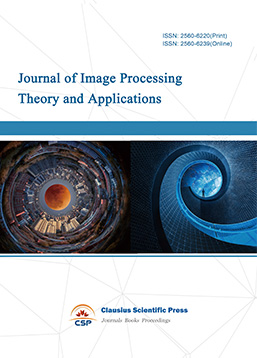
-
Mobile Computing and Networking

-
Vehicle Power and Propulsion
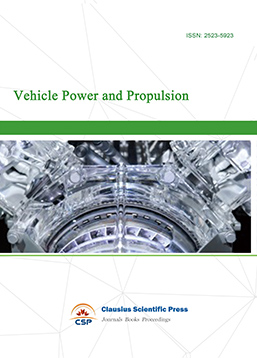
-
Frontiers in Computer Vision and Pattern Recognition
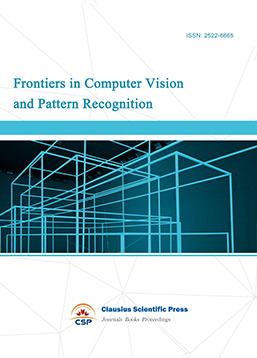
-
Knowledge Discovery and Data Mining Letters

-
Big Data Analysis and Cloud Computing
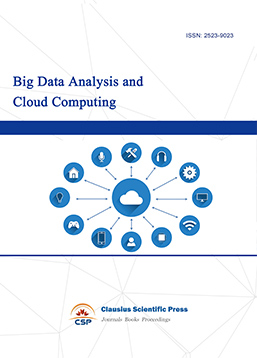
-
Electrical Insulation and Dielectrics

-
Crypto and Information Security

-
Journal of Neural Information Processing
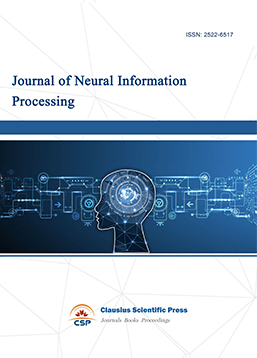
-
Collaborative and Social Computing

-
International Journal of Network and Communication Technology
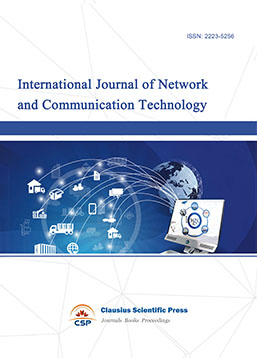
-
File and Storage Technologies

-
Frontiers in Genetic and Evolutionary Computation
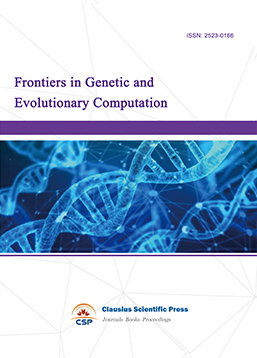
-
Optical Network Design and Modeling
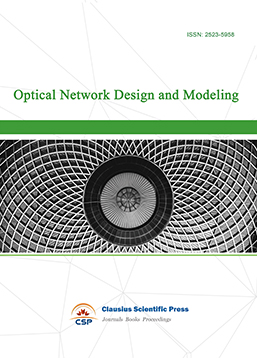
-
Journal of Virtual Reality and Artificial Intelligence
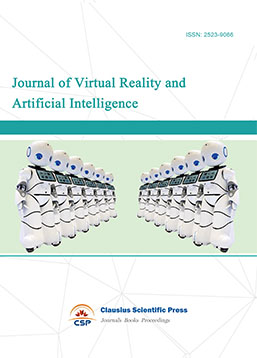
-
Natural Language Processing and Speech Recognition
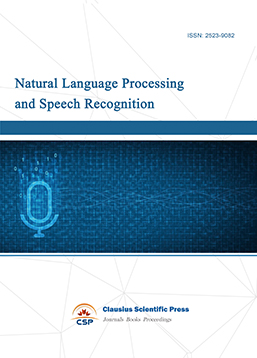
-
Journal of High-Voltage

-
Programming Languages and Operating Systems
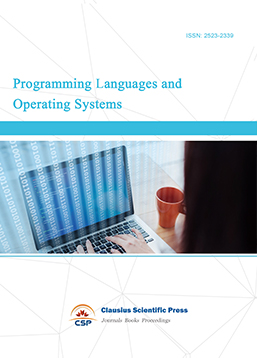
-
Visual Communications and Image Processing

-
Journal of Systems Analysis and Integration
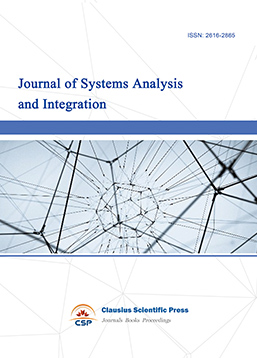
-
Knowledge Representation and Automated Reasoning
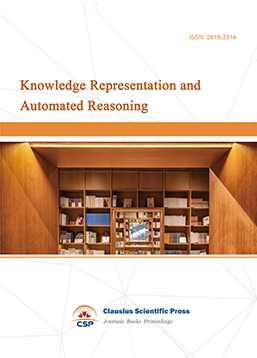
-
Review of Information Display Techniques

-
Data and Knowledge Engineering
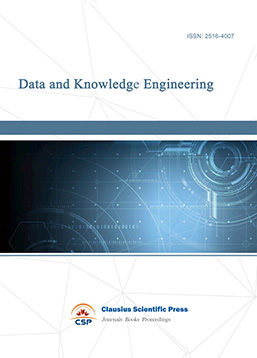
-
Journal of Database Systems
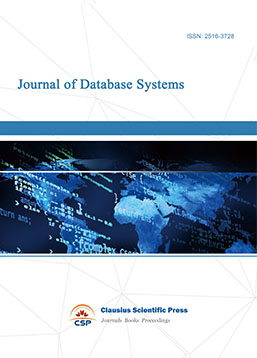
-
Journal of Cluster and Grid Computing
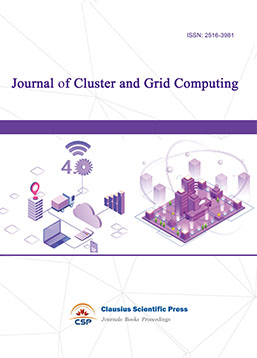
-
Cloud and Service-Oriented Computing

-
Journal of Networking, Architecture and Storage

-
Journal of Software Engineering and Metrics
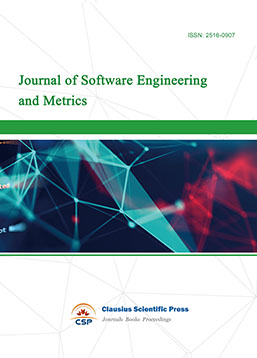
-
Visualization Techniques

-
Journal of Parallel and Distributed Processing

-
Journal of Modeling, Analysis and Simulation

-
Journal of Privacy, Trust and Security

-
Journal of Cognitive Informatics and Cognitive Computing
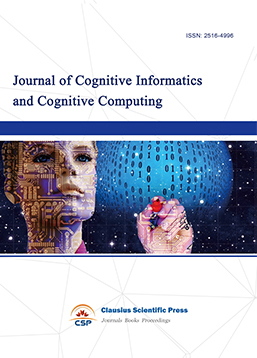
-
Lecture Notes on Wireless Networks and Communications
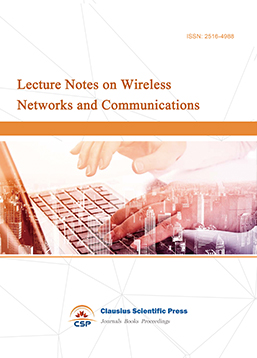
-
International Journal of Computer and Communications Security
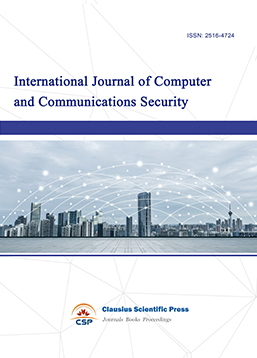
-
Journal of Multimedia Techniques
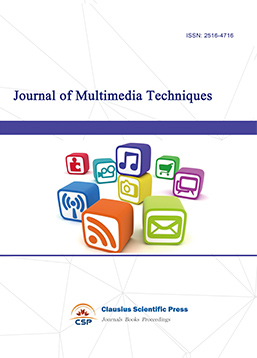
-
Automation and Machine Learning

-
Computational Linguistics Letters

-
Journal of Computer Architecture and Design
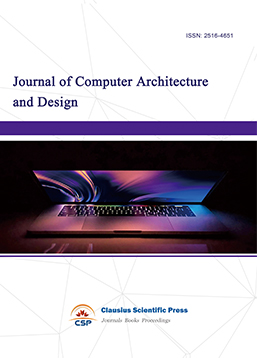
-
Journal of Ubiquitous and Future Networks
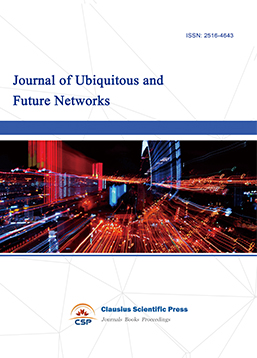

 Download as PDF
Download as PDF